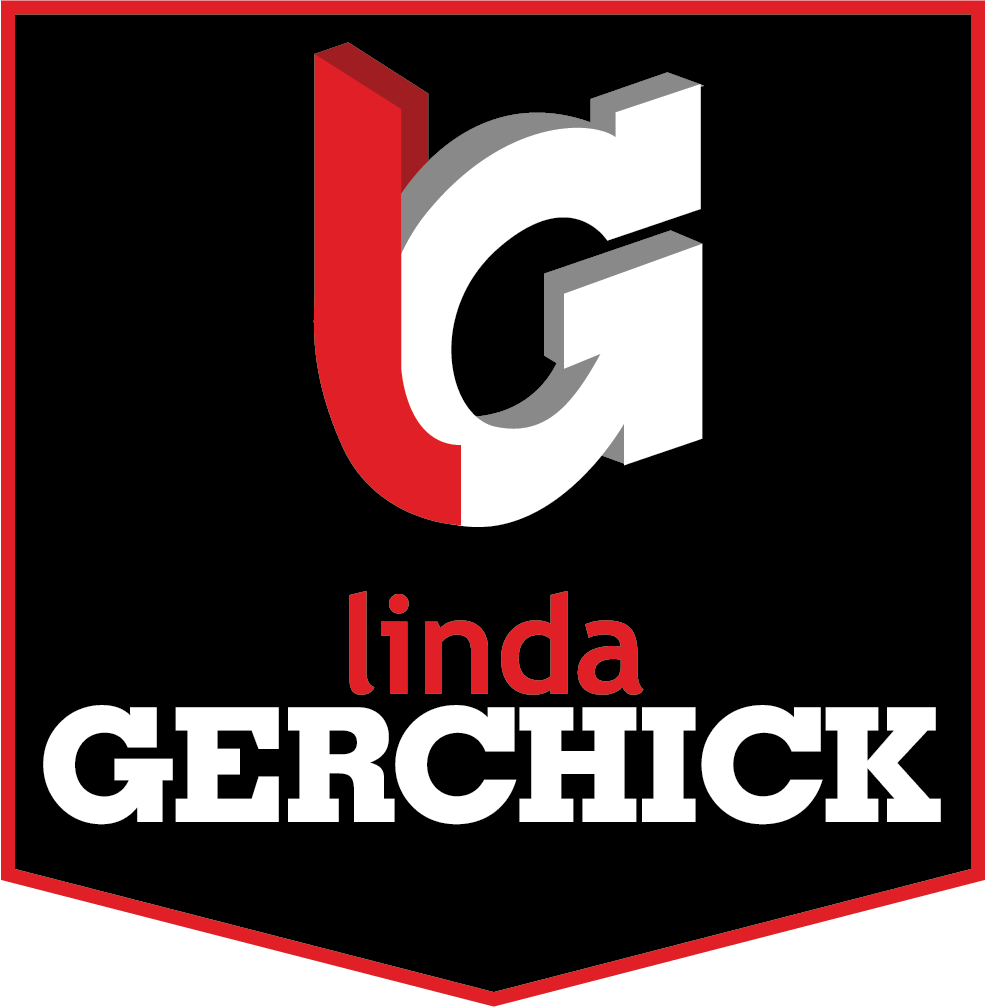
Today I have sat on a number of market update webinars for Multi Family. This is for both National, Regional and local markets. There is so much data to take in and I hope that this will help. While this may not be all of the information that is available but I hope that this clears some of the confusion. I will break this into a series of three blogs over the next three weeks. Most of the first two blogs will deal with a National Market Overview and the last and probably the most important will deal with the local market. If you need help understanding the market and all of the information, don’t feel alone but do schedule a call with me and let’s discuss this.
- The economy is heating up as the job market Strengthens
- The U.S. economy added 916,000 jobs and the unemployment rate fell to 6%
- In March Inflation concerns are still elevated as input prices increase
- The pandemic has further fueled a general spreading of the population
- The question for investors is still how much of this is temporary vs permanent?
- How permanent these demographic changes are is largely dependent on the future of work
- Gateway markets and urban cores are turning a corner, but still swimming upstream
- More supply is still being delivered in urban cores as projects started prior to the pandemic continue to get completed
- As people get vaccinated and demand picks up in the urban cores, there will be less concessions. We are already seeing this happening
- Tech hub markets are doing well and will continue to grow
- The Great Recession paved the way for single-family rentals (SFR) and the COVID-19 pandemic fueled a surge in popularity with SFR and built-to-rent
- New players continue to enter the market as demand for SFR continues to flourish
I share Evercore ISI’s view, that the recovery in GDP looks like a V/U-shaped rebound In April 2021, Evercore raised their year-over-year nominal GDP forecasts to 11.7% for 2021 and 6.7% for 2022
The GDP forecast was raised due to 5 key factors:
- Fiscal and monetary stimulus
- Reopening around the globe
- Economic momentum, such as homebuilding
- Increased U.S. saving rate and inventory rebuilding
- Rising consumer net worth, which is on track to grow by 20% year-over-year
If this forecast is accurate, the recovery will be V/U-shaped
Source Evercore ISI US Outlook
Economists Are Updating GDP Forecasts Amid New COVID Relief Package
We Will Have a Couple Years of Very Strong Growth
- As the economy continues to grow-boosted by fiscal stimulus, the vaccine rollout and pent-up demand for consumption—inflation will likely climb
- With the Federal Reserve’s plan to keep interest rates low until they reach their target of inflation averaging 2.0% over time, some are concerned inflation will be pushed above this target over time
- In March, the University of Michigan’s Surveys of Consumers found consumers anticipate the one-year inflation rate to be elevated at 3.1%, a drop from 3.3% in February, but up from 3.0% in January and 2.5% in December
Source: All items in U.S. city average, all urban consumers, seasonally adjusted.
Source: Yardi Matrix; Wall Street Journal; U.S. Bureau of Labor Statistics; University of Michigan, Surveys of Consumers
Current U.S. Federal Policies Return to Favoring Urban/Suburban Consumers
PRO-GROWTH
- Low interest rates for longer
- Fiscal policy
- Maybe too much?
- Vaccination ramp-up Potential for inflation –offset by aging population and deflationary technology
AMBIGUOUS/UNCLEAR
- Blue state/city bailouts
- Federal minimum wage proposal
- Immigration
- Trade policy with China
- Tax policy
- Alternative energy policies
- Racial “equity” policies
- Emerging inflation
- ANTI-GROWTH
- Executive orders/regulatory policy
- Energy: oil and gas
- Finance?
- Tech?
- Inability to open schools
- Public sector unions Anti-growth in tone more than reality, so far.
$1.9T Stimulus Bill: Where is the Money Going?
MAJOR PROVISIONS
- Unemployment Benefits:
- Extends the $300 weekly unemployment benefit through Sept. 6, 2021
- Provides a tax break on $10,000 in unemployment benefits
- Stimulus Checks ($400 billion):
- $1,400 stimulus checks to individuals earning $75,000 per year and couples earning $150,000 per year – benefit disappears for individuals earning more than $80,000 per year and couples earning more than $160,000 per year
- Child Tax Credit:
- Most Americans would receive $3,000 a year for each child ages 6 to 17, and $3,600 for each child under 6
- The provision in the bill will last one year and will be sent via direct deposit on a “periodic” basis
- State and Local Government Aid ($350 billion)
- Multi-employer Pension Plans ($86 billion):
- Provides struggling pension plans enough money to pay retirees their full pensions for the next few decades
- School Support ($171 billion):
- K-12 schools ($130 billion) – Improving ventilation systems, reducing class sizes, buying PPE, and implementing social distancing
- Colleges and other higher-education ($40 billion) – support financial aid grants to prevent hunger, homelessness
- Head Start Program ($1 billion) – provide early-childhood education, health and nutrition services to low-income children and families
- Housing Assistance ($30 billion):
- $20 billion – emergency rental assistance and other relief for the homeless
- $10 billion –mortgage and homeownership assistance
- Pandemic Response:
- Coronavirus testing and contact tracing, increasing the size of the public health workforce, funding vaccine distribution
- Gateway markets and urban cores were hit the worst amid the pandemic, but they have turned a corner and recovering
- Multifamily has done well, with tech hubs growing and gateway markets recovering faster
- We are in a generalized recovery
- OTHER PROVISIONS
- FEMA Emergency Food and Shelter Program ($510 million):
- Support homeless service providers for overnight shelter, meals, one month’s rent and mortgage assistance, and one month’s utility payments
- Expands the Employee Retention Tax Credit
- Makes all Coronavirus-Related Student Loans Tax Free
- Amtrak Funding ($200 million)
- Provider Relief Program ($8.5 billion):
- Provides funds to assist rural health care providers
- Education Funding ($5.5 billion):
- $1.25 billion – summer enrichment
- $1.25 billion – after-school programs
- $3 billion – education technology
- Agriculture – Food Supply Chain ($4 billion)
- Increases Federal COBRA health insurance program from 85% to 100%
- Infrastructure ($10 billion):
- Help local governments continue crucial capital projects
Source: washingtonpost.com
Prognosis 2021
o Knowledge-based sectors are leading the recovery
o We expect the lagging sectors to open up later this year
- GDP is coming back, and employment is following, with a bit of a lag
o Rising consumer inflation rates; asset inflation is already here
o Rising long-term interest rates
o Migration flows out of gateway markets a bottom
- OTHER PROVISIONS
The Movement Isn’t Just From Gateway To Tech Hub Markets – Residents Are Moving From Densely Populated Cities To Suburbs
In Summary
- We are in a generalized recovery
- As more of the population gets vaccinated and things begin to open, gateway markets and have found a sequential bottom
- As more of the population gets vaccinated and things begin to open, gateway markets and urban cores will begin to recover, albeit slowly
- Tech hub markets continue to have strong rent growth, occupancy and absorption after benefitting from in-migration fueled from the pandemic
- Tech hub markets are forecasted to have the most rent growth this year, while gateway markets will be swimming upstream
- Urban cores are still forecasted to deliver the most supply over the next couple years as projects that were started prior to the pandemic get delivered, but new projects will start to trail down in response to the decline in demand



